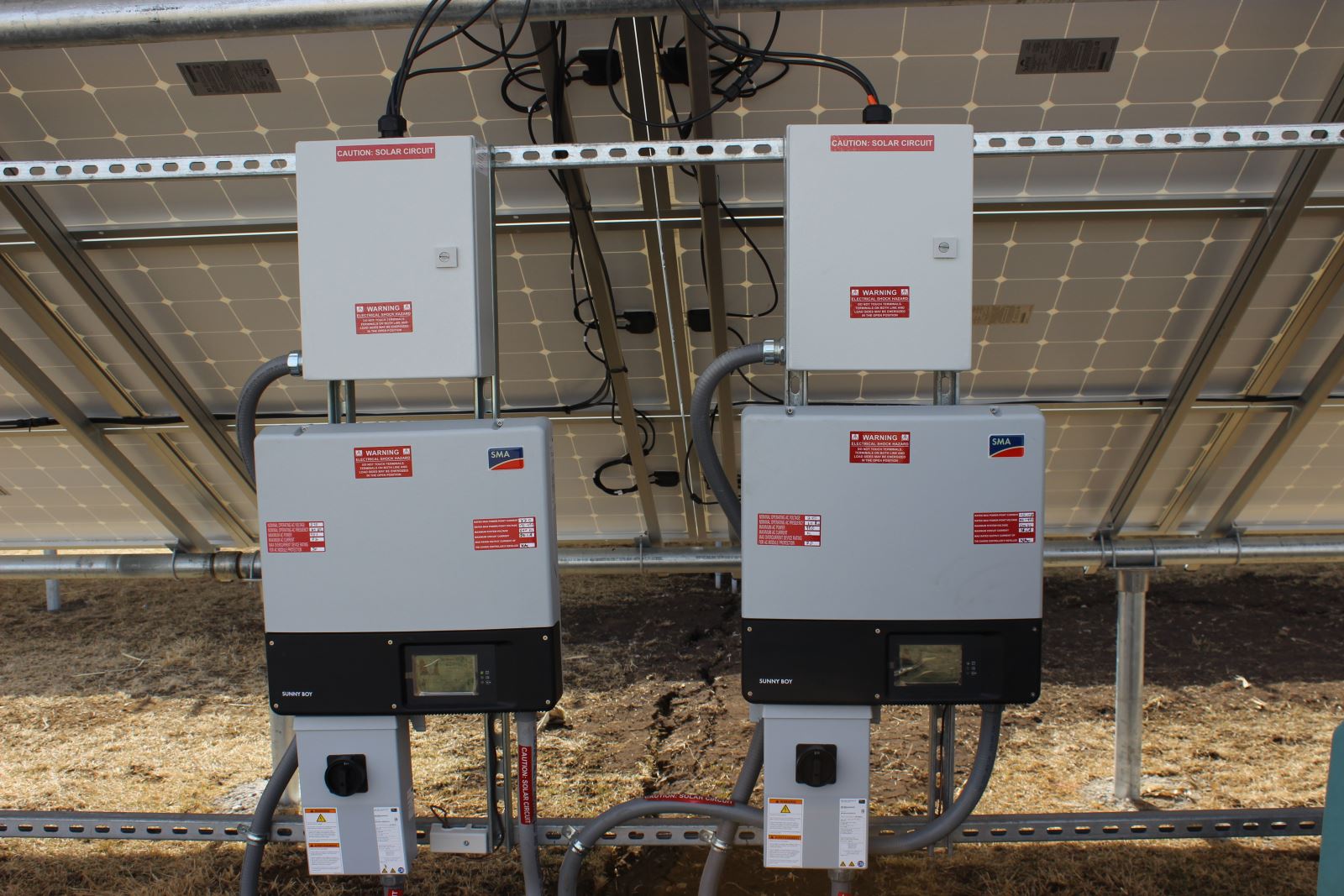New Rules Improve Connecting Renewable Energy
posted
by Nathaniel Baer on Friday, March 31, 2017
The Iowa Utilities Board has adopted new interconnection rules, which are now being followed by rate-regulated utilities Alliant Energy and MidAmerican Energy. The Iowa Environmental Council partnered with the Interstate Renewable Energy Council (IREC) and Environmental Law & Policy Center (ELPC) to provide comments throughout the rulemaking process. We support most parts of the new rules and applaud the Iowa Utilities Board (IUB) for finalizing these new rules.
Interconnection rules govern how renewable energy systems connect to the electric grid. The rules ensure the safety and reliability of the grid while providing a clear, predictable, and efficient process for utility customers to connect wind, solar, or other renewable energy technologies.
Iowa’s previous interconnection rules were based on national best practices when they were adopted in 2010. Those best practices have been updated with a number of improvements. As the IUB worked through distributed generation issues in its DG NOI docket, the value of updating Iowa’s rules became clear.
Iowa’s new rules include many of these updated national best practices, meaning Alliant and MidAmerican customers that want to install renewable energy will benefit right away. We hope that electric cooperative and municipal utilities will update their interconnection procedures to reflect the new rules as well. Many of these utilities have largely adopted the procedures from the 2010 rules.

Solar inverter and other connection equipment on a solar project installed at a farm in Washington County in 2014.
Here is a short summary of key parts of the new rules:
- Improved eligibility for Level 1 and Level 2 review, which are streamlined review processes for renewable energy systems that should not have major grid impacts. Level 1 systems are typical for home and some small business or farm solar systems. Level 1 streamlined review is available for larger systems: 20 kW now instead of the 10 kW in the old rules.
- Pre-application reports, which are optional and help customers and solar or wind installers learn important information about the grid at a potential interconnection location before moving too far into the process.
- Supplemental review, which provides additional review options, if needed, that can particularly benefit solar.
- Added energy storage to the rules.
- A number of additional changes to fees, DG system disconnection and reconnection, disconnection devices, notification requirements to local fire departments, witness tests, and review order position.
More detail on the rules is available in this summary document, prepared in partnership with IREC and ELPC.
The Iowa Utilities Board website now has the standard application forms and a link to the full Chapter 45 interconnection rules, where more detail on each of the above topics can be found.
- solar power